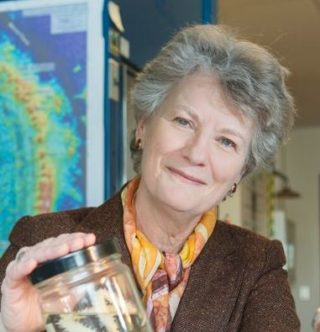A major focus of our expedition is to explore the diversity of these newly discovered vents. By combining disciplines on this cruise, we have a great opportunity to link geological setting to fluid chemistry, microbial diversity, and the animal community. What controls the types of species that colonize? What about the abundance and biomass? How well are the vent sites connected? And can we learn more about the basic biology of some key species.
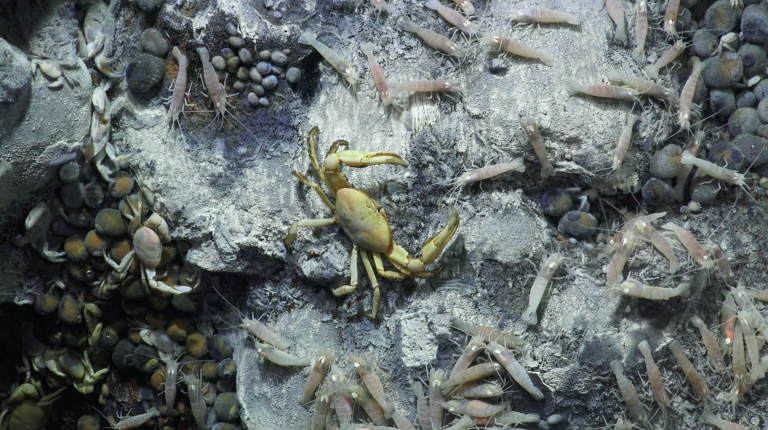
The microbes are key to this ecosystem; through chemosynthesis they create food for animals by fixing carbon dioxide (just like plants). In the Back-arc, there are four ways that animals feed: through internal symbiotic bacteria that are chemosynthetic; by grazing on free-living bacteria; by eating other animals, dead or alive; and by taking food drifting by in the water. The dominant species here with symbioants are the hairy snails and mussels. Grazers include the shrimp swarming around the hot water where the microbes grow while crabs are predators and squat lobsters are scavengers. Large anemones live scattered on the basalts between the vents where they pluck food wafting out from the vents.
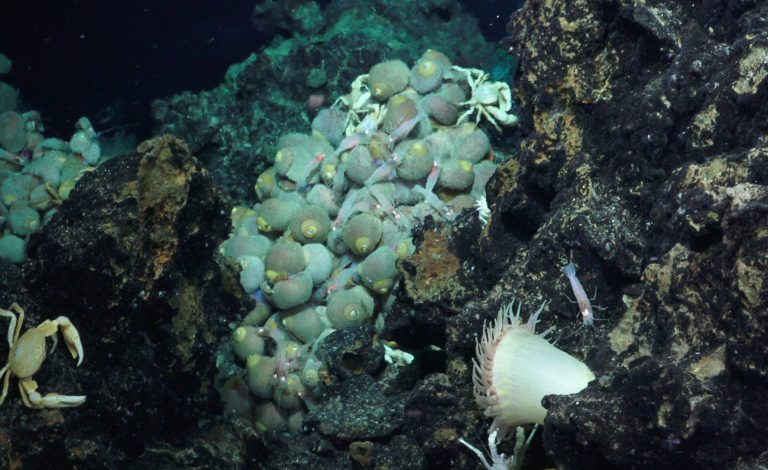
Connecting the vents
In the Back-arc, vent sites are few – and far between. One question we have is how populations connect over tens to hundreds of kilometers. We could try to capture the larvae of the animal (yes, we have nets for the ROV), but a more direct approach is to sample the adults and examine some gene sequences to compare small mutations among populations. If the same mutations occur all along the Back-arc, it is because larvae are connecting the populations well. However, we sometimes find populations with distinctive genetic ‘signals that suggests they are quite isolated. This ‘gene flow’ technique can also tell us which populations are major sources of larvae for the region. This study is one of many that our samples will address.
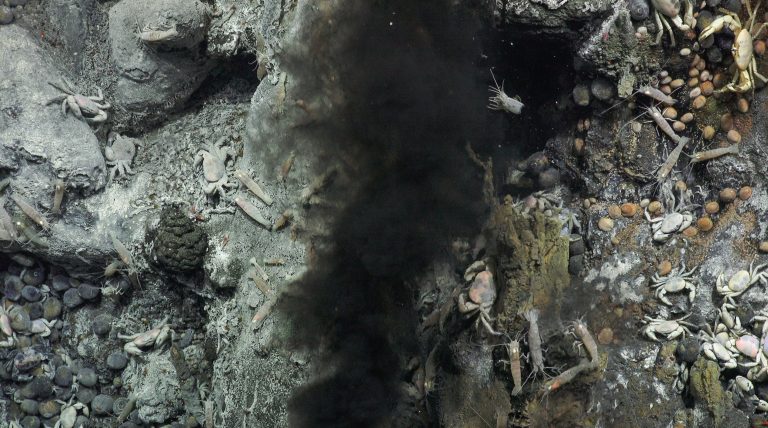
Sampling animals
ROV SuBastian is collecting specimens of the invertebrates we see at the hot vents along the Back-arc. Even the rocks taken by the geologists are scanned carefully for small creatures. We need the specimens to identify the species and, if unknown, to send to experts for description. Samples are used by scientists around the world for studies on biogeography, ecology, function and genetics. This work contributes to decisions on conservation management. We are, indeed, discovering new species on this expedition.
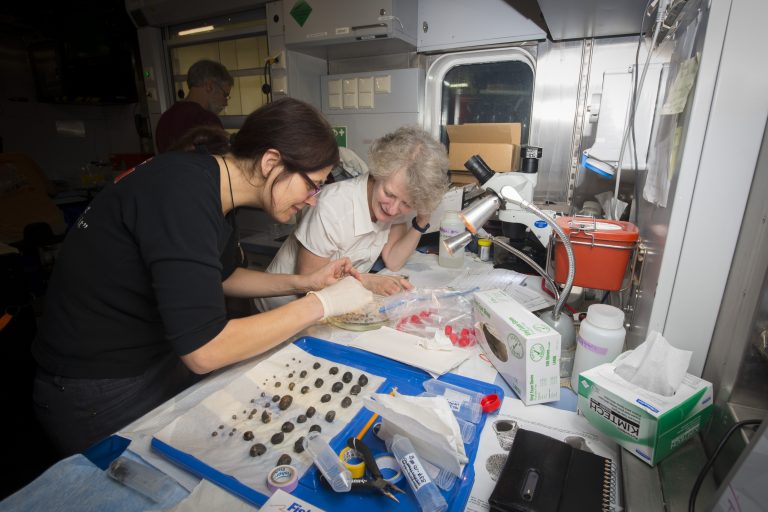
When removed from the vents, the animals die quickly in the cold water but arrive at the surface intact. On board, the specimens are sorted and preserved in many different ways depending on the study planned; we waste nothing! In these special systems, we must take care not disrupt habitats and take only a minimum – or nothing if we are unsure. We adhere to the international “Code of Conduct” guiding science operations at hot vents.
